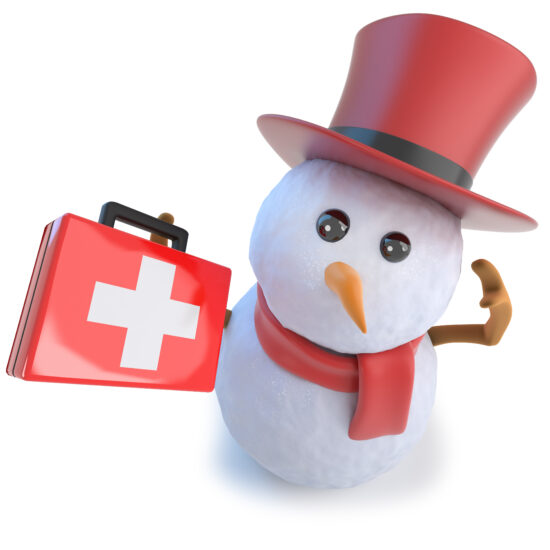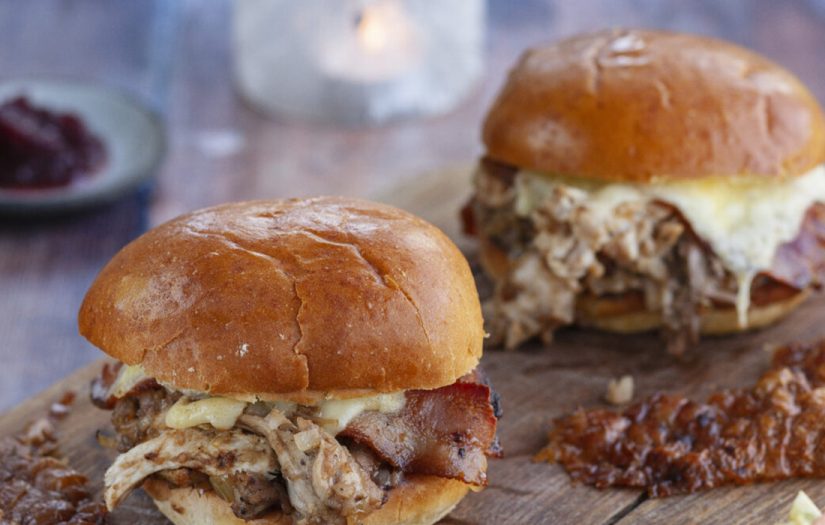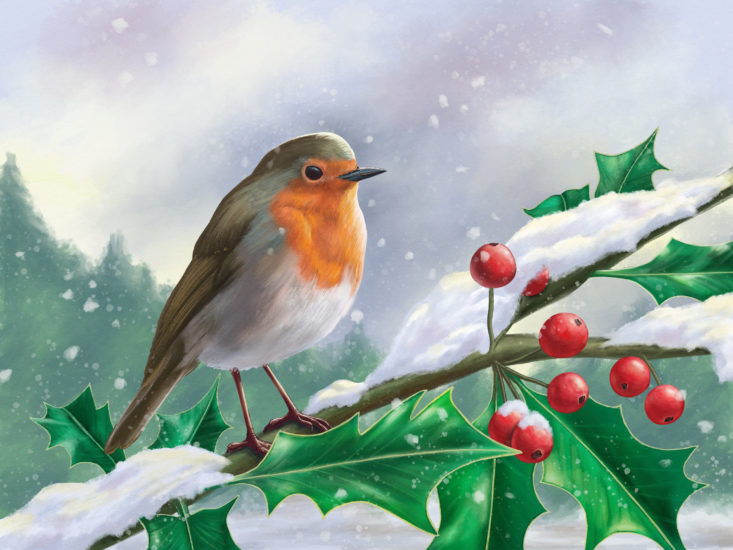 Shutterstock / 3Dalia©
Shutterstock / 3Dalia©St John Ambulance is asking people to brush up on their first aid ahead of Christmas to ease pressure on hospital emergency departments as their first aid advice can potentially save lives.
Medical director Dr Lynn Thomas says: “As we prepare for our second Christmas of the pandemic, no-one wants to add to the burden on the NHS when an injury could be treated at home.
“From burning yourself on a candle to choking on a piece of turkey, I’m afraid accidents do happen at Christmas.
“While people must still call 999 in an emergency, giving the right first aid promptly will make a difference – not only might it save you a trip to hospital but it could save a loved one’s life.”
Refresh Your First Aid Skills
The health charity is particularly urging people to refresh their skills ahead of Christmas by watching short training videos in how to treat minor injuries such as burns, cuts and sprains.
It also points to videos showing how to give life-saving first aid in the case of choking, unconsciousness and cardiac arrest, including updated advice for Covid-19.
Thousands of St John volunteers have supported the NHS since the start of the pandemic – helping with Covid-19 vaccinations as well as caring for people in hospitals and on ambulances.
Helpful First Aid Advice for Minor Injuries
Treating a burn or scald
Hot oil jumping out of the pan while checking on roast potatoes or a cup of tea pulled over by a child can easily cause minor burns or scalds.
What to do:
- Hold burn under cool or lukewarm running water for at least 20 minutes
- Remove clothing or jewellery around the burn, unless stuck to the burn
- Cover lengthways with cling film
- Monitor casualty and seek medical advice, for example by calling NHS 111
Cuts And grazes
A slip of the knife while preparing your Christmas feast could leave you with a cut finger or tripping over whilst playing may end with tears and a grazed knee for little ones.
What to do:
- If the wound is dirty, clean the wound with cold running water or alcohol-free wipes
- Pat it dry
- Raise and support the injury
- Apply a sterile adhesive dressing.
Treating sprains and strains
Presents have been unwrapped and are scattered everywhere – this could easily result in a sprained ankle if you or a family member takes a tumble.
What to do – remember “RICE”:
R – Rest injured part
I – Apply frozen peas or an ice pack wrapped in a tea towel
C – Provide Comfortable support. Check the circulation every 10 minutes
E – Elevate the injured part. Advise them to rest
Choking
With small parts in gifts and plenty of sweets on offer, there is a chance that little ones may put something in their mouth that causes an obstruction of the airway, but adults can, of course, also risk choking at the dinner table.
Keep an eye on small children but if you do find yourself in a situation where someone can’t breathe, know how to step forward and help.
Adult and child
- Cough it out — encourage the casualty to keep coughing
- Slap it out — give 5 sharp back blows between the shoulder blades. Check their mouth each time, but do not put your fingers in their mouth
- Squeeze it out — give 5 abdominal thrusts. Check their mouth each time
- Call 999/112 for emergency help if the object does not dislodge
Repeat steps 2 and 3 until help arrives.
Be prepared to start CPR
Baby
- Slap it out
- Lay the baby face down along your thigh and support their head
- Give 5 back blows between their shoulder blades
- Turn them over and check their mouth each time
- Squeeze it out
- Using two fingers, give 5 sharp chest thrusts
- Check the mouth each time
- If the item does not dislodge, call 999/112 for emergency help
- Take the baby with you to call
- Repeat the steps 1 and 2 until help arrives
- Be prepared to start CPR
Recovery position
If someone’s had a little too much to drink and is unresponsive (but still breathing), putting them in the recovery position will help to maintain their airway.
Make sure to reassure them, keep them warm and check for any other injuries and do not make them be sick as this may cause a blockage.
What to do:
- Place their nearest arm at a right angle to their body with the elbow bent
- Place the back of their far hand against their cheek. Hold it there
- Pull the far knee up until their foot is flat
- Pull on the bent leg to roll them towards you
- Tilt their head back to open airway
- If you’re unsure about how serious their condition is then call 999 or 112 for medical help
Adult CPR
If a loved one is unresponsive and not breathing normally, you need to call 999 or 112 for emergency help and start CPR (cardiopulmonary resuscitation) straight away.
- If you find someone collapsed, you should first perform a primary survey. Do not place your face close to theirs.
- If you have established from this that they are unresponsive and not breathing normally, you should ask a helper to call 999 or 112 for emergency help while you start CPR.
- Ask a helper to find and bring a defibrillator, if available.
- Ask your helper to put the phone on speaker and hold it out towards you, so they can maintain a 2m distance
- If you are on your own, use the hands-free speaker on a phone so you can start CPR while speaking to ambulance control
- Do not leave the casualty to look for a defibrillator yourself. The ambulance will bring one.
Before you start CPR, use a towel or piece of clothing and lay it over the mouth and nose of the casualty.
- Start CPR. Kneel by the casualty and put the heel of your hand on the middle of their chest. Put your other hand on top of the first and interlock your fingers.
- Keep your arms straight and lean over the casualty. Press down hard, to a depth of about 5-6cm before releasing the pressure, allowing the chest to come back up.
- The beat of the song “Staying Alive” can help you keep the right speed
Updated guidance due to the COVID-19 outbreak is clear: do not perform rescue breaths on the casualty.
What to do now?
Continue to perform CPR until:
- emergency help arrives and takes over
- the person starts showing signs of life and starts to breathe normally
- you are too exhausted to continue (if there is a helper, you can change over every one-to-two minutes, with minimal interruptions to chest compressions)
- a defibrillator is ready to be used.
If the helper returns with a defibrillator, ask them to switch it on and follow the voice prompts while you continue with CPR.
If the casualty shows signs of becoming responsive such as coughing, opening eyes, speaking, and starts to breathe normally, put them in the recovery position.
Monitor their level of response and prepare to give CPR again if necessary.
If you have attached a defibrillator, leave it in place.
To find out more visit www.sja.org.uk/get-advice
More health advice from The People’s Friend can be found here.




